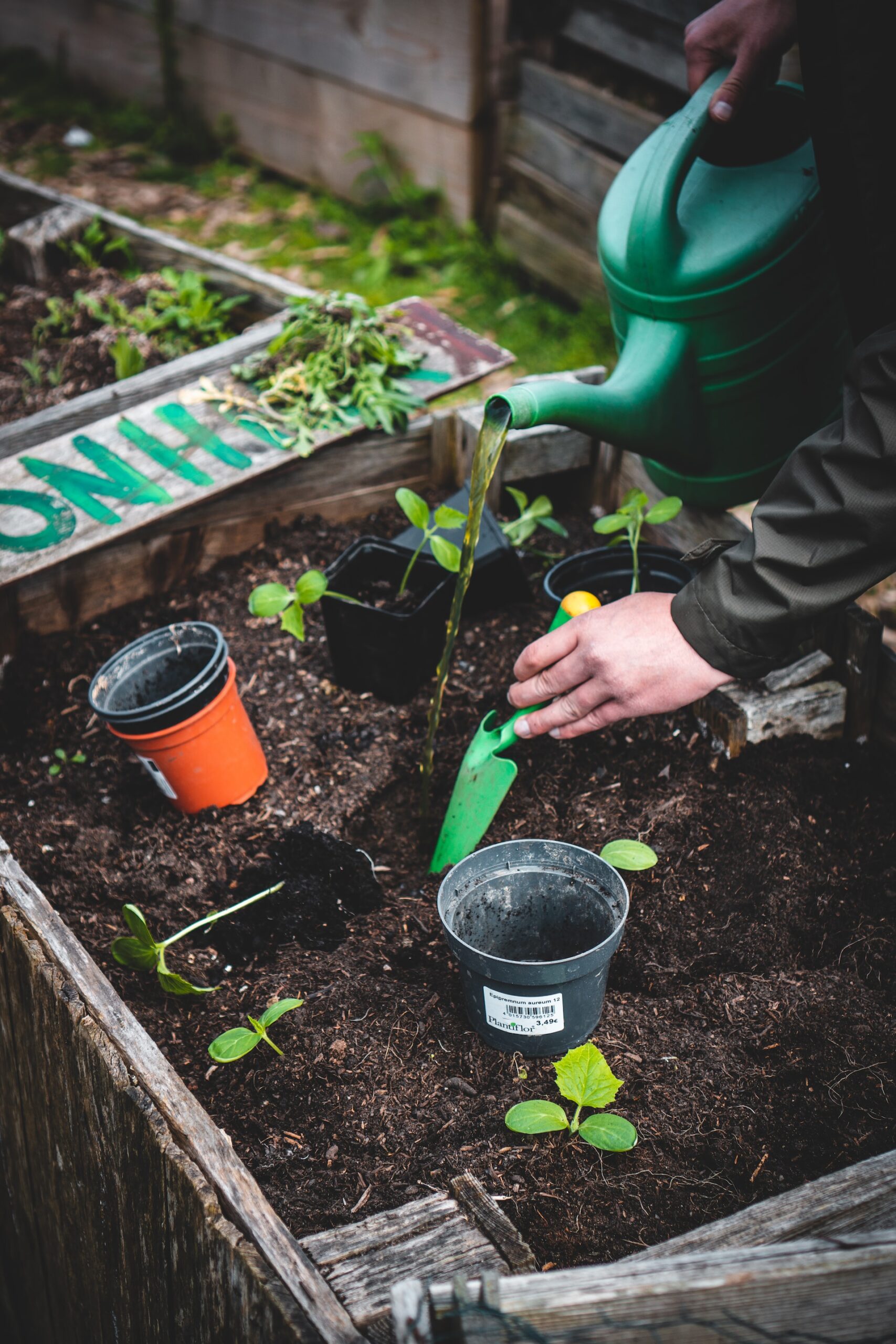Gardening for wildlife requires a selection of tools that both aids in the creation and maintenance of a thriving habitat and promotes the well-being of its furry, feathery, and creepy-crawly inhabitants. Each tool, from pruning shears to bird baths, plays a crucial role in the balance of a flourishing backyard ecosystem. Let’s explore the top ten tools that every wildlife gardener in the USA should possess in their arsenal.
Pruning Shears
Pruning shears are essential for maintaining a healthy wildlife garden, as they enable the gardener to sculpt and manage their plants. Regular pruning promotes growth, allows for better airflow through plants, and helps control pests and diseases. High-quality shears provide quick, clean cuts that minimize stress to the plant, speeding up recovery time. As outlined on Gather & Grow, these tools aid in maintaining healthy plant growth.
Gardening Gloves
Protection is crucial in gardening. That’s where a resilient pair of gardening gloves comes in. They safeguard your skin from thorns, harsh weather elements, bugs, and even bacteria that lurk in the soil. The perfect gardening gloves offer a blend of durability and flexibility, protecting the gardener while allowing them to perform tasks with ease.
Garden Fork
A garden fork is an indispensable tool when it comes to soil lo-oo-sening. It helps in breaking up hard soil and incorporating organic material, which aids in soil fertility and drainage. A fertile and well-drained soil provides a beneficial environment for plant growth and attracts more wildlife. This link elaborates on maintaining soil conditions for a prosperous wildlife garden.
Spade
When creating new plant plots or transplanting shrubs and small trees, a sturdy spade is crucial. Having a sharp edge, it slices through the soil, making it perfect for edging beds or digging deeper holes. It is integral in providing a proper structure and form to your garden, shaping it into an inviting habitat for wildlife.
Hose with Adjustable Nozzle
Consistent watering is key to maintaining a lush and vibrant garden. A hose with an adjustable nozzle can be a gardener’s best friend, offering the flexibility to switch between delicate showers for fragile blooms and more intense streams for sturdier plants. This ensures every plant receives the appropriate amount of water for better growth and longer life.
Wildlife-friendly Fertilizers
Traditional fertilizers can often harm wildlife and even the plants they’re meant to nourish over time. Opting for wildlife-friendly organic fertilizers can improve the soil structure and fertility, leading to healthier growth of plants and a safer environment for the local wildlife.
Wildlife Houses
Create a place that wildlife will love to call home with wildlife houses. Be it birdhouses, bee hotels, or butterfly boxes, they each provide an important sanctuary for different creatures, encouraging a greater variety of wildlife to visit and inhabit your garden.
Native Plants
Native plants are the bread-and-butter of a wildlife garden. They not only withstand the local weather patterns better but also cater to the dietary needs of the native wildlife. Foraging for native plants adds a touch of authenticity to your garden and can be a very rewarding endeavor. Here’s a link that provides deeper insights into their importance.
Compost Bin
Composting is a cost-effective, eco-friendly way to enrich the soil. A compost bin facilitates the process of converting kitchen and garden waste into nutrient-rich compost. It enriches the soil, aids in moisture retention, and can ward off plant diseases. A win-win for both the garden and the environment!
Bird Baths and Water Features
Finally, offering a source of water attracts more wildlife. Bird baths and flowing water features appeal to a wide variety of birds, butterflies, and insects alike, who visit for a sip or a splash. Also, the gently trickling water adds a serene ambiance to any garden.

